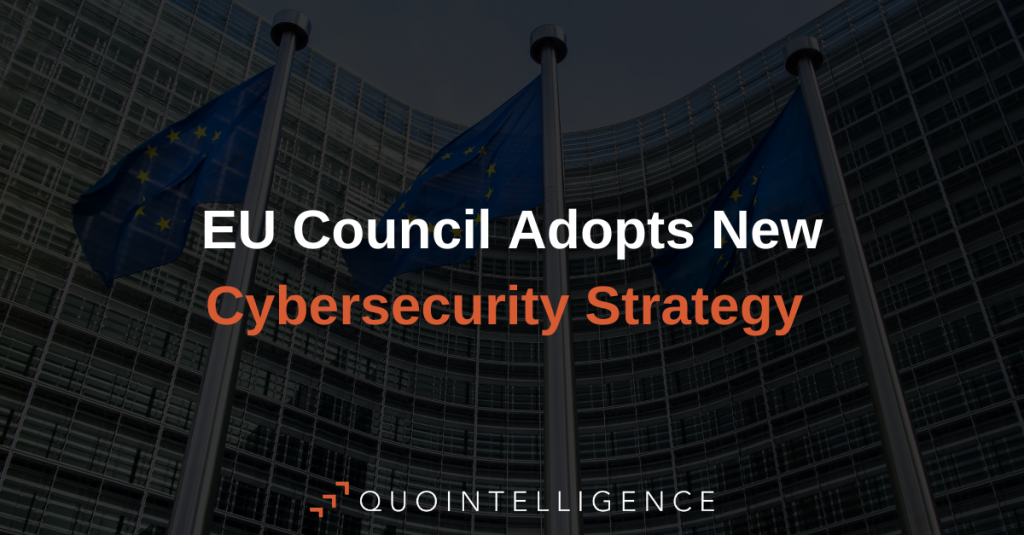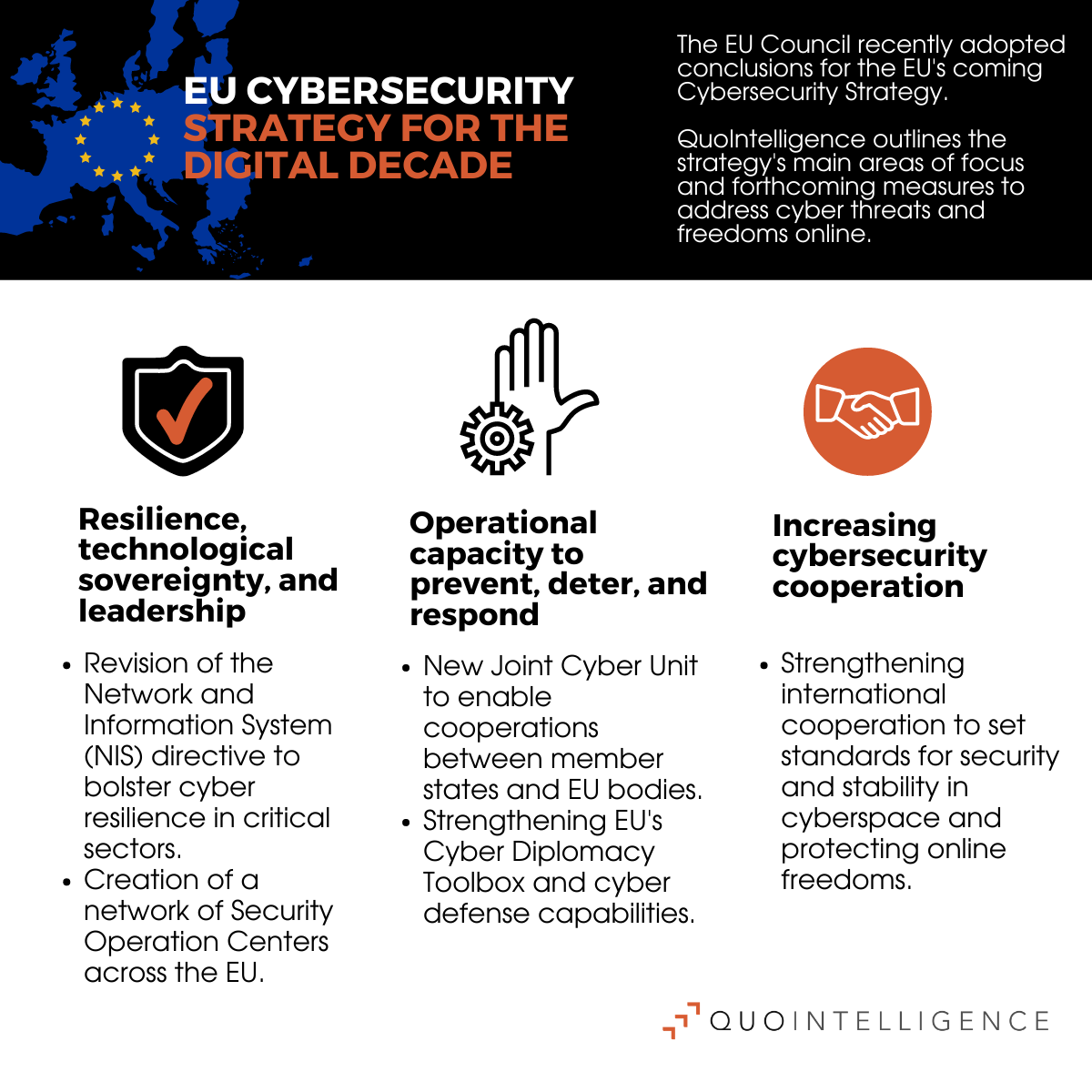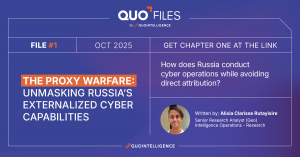The EU Council officially adopted conclusions for the EU’s coming Cybersecurity Strategy.
The EU Commission and high representatives of foreign affairs initially introduced the strategy in December 2020. It contains regulatory, investment, and policy initiatives to strengthen the EU’s resilience against cyber threats. In addition, the strategy aims to establish the EU as an international standard-setter on acceptable behavior in cyberspace.
Check out our infographic below or click here for more details on the strategy!
The EU cybersecurity strategy focuses on three main areas:
1. Resilience, technological sovereignty, and leadership:
The EU is planning to revise the Network and Information System (NIS) directive to bolster cyber resilience in critical sectors. The NIS Directive has been an effective cybersecurity strategy, and even the UK will continue implementing it despite Brexit. Additionally, the EU works to create a network of Security Operation Centers across the EU to monitor and proactively mitigate against cyber threats.
2. Operational capacity to prevent, deter and respond:
The EU is preparing a new Joint Cyber Unit to enable cooperation between member states and EU bodies. This cooperation will include civilian, law enforcement, diplomatic, and cyber defense communities. Further, the EU is strengthening its Cyber Diplomacy Toolbox, which provides measures on how the EU can prevent and discourage cyberattacks and appropriately react to malicious cyber activity.
3. Increasing cybersecurity cooperation:
The EU aims to advance the norms and standards in cyberspace that reflect the EU’s core values, such as adherence to the rule of law. Further, it is looking to strengthen its international cooperation. It wants to set security and stability standards in cyberspace and protect human rights and fundamental freedoms online.
The strategy is already establishing a clear rule set of acceptable behavior in cyberspace. Besides, it holds potential for cooperation with international organizations and partner countries that follow the EU’s example for clear cybersecurity guidelines. However, the EU is projecting that the strategy will be fully implemented in the coming years.






